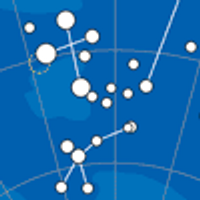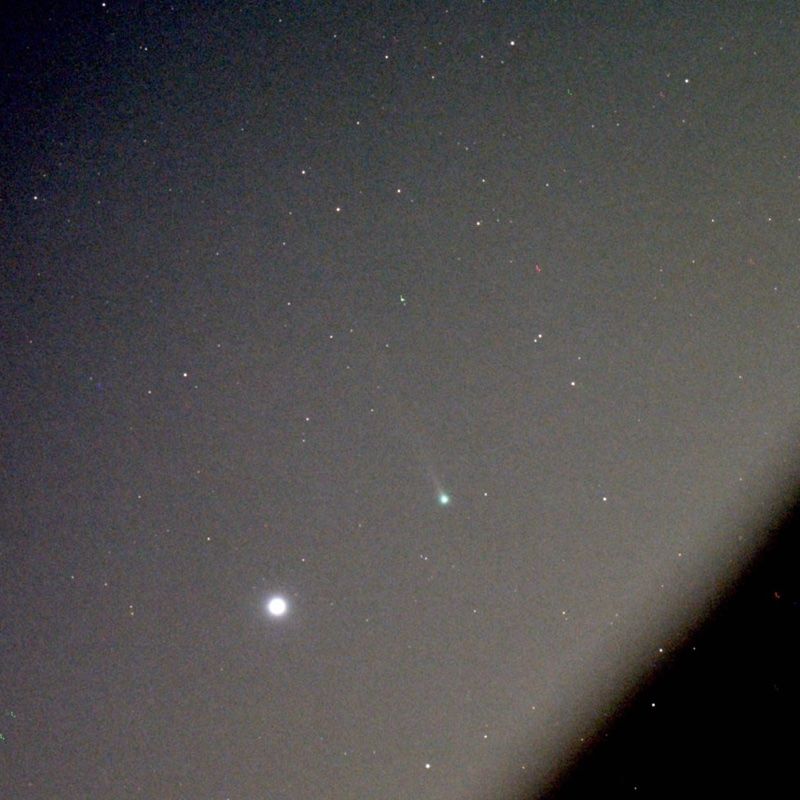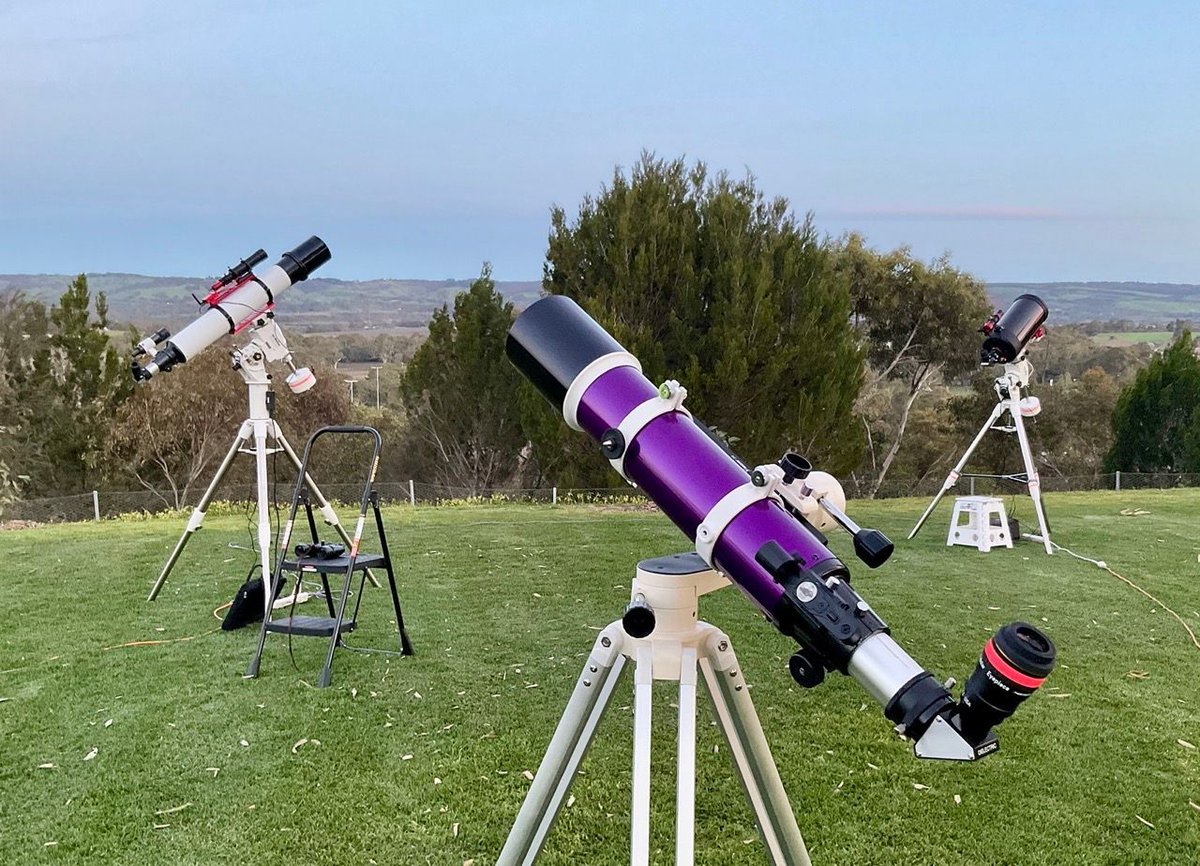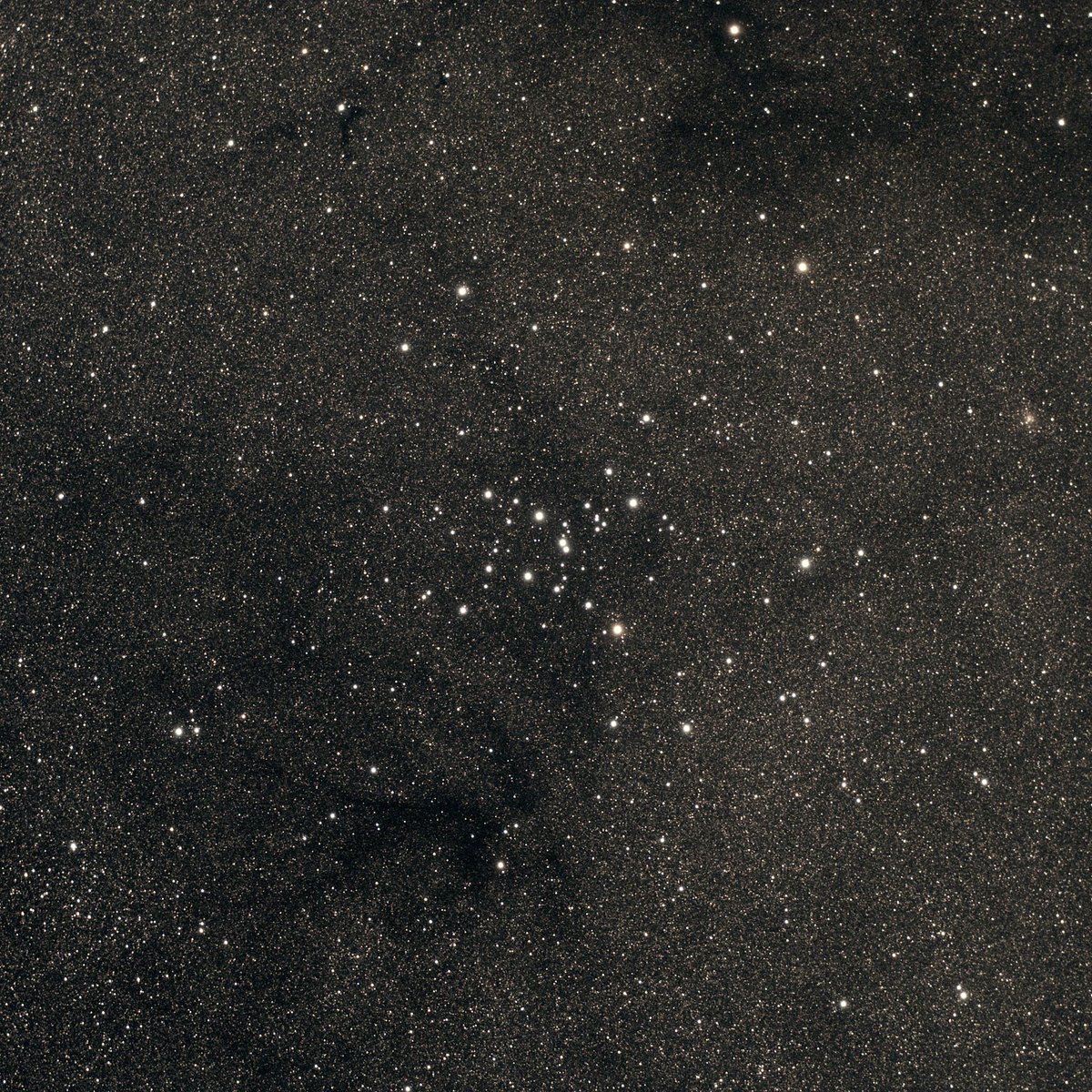
Skymaps
@skymaps
Publishing The Evening Sky Map since January 2000. A free, easy-to-use 2-page monthly all-sky map & sky calendar of celestial events for sky watchers worldwide.
ID: 14854396
http://skymaps.com/tesm/ 21-05-2008 09:33:58
4,4K Tweet
10,10K Takipçi
188 Takip Edilen
































